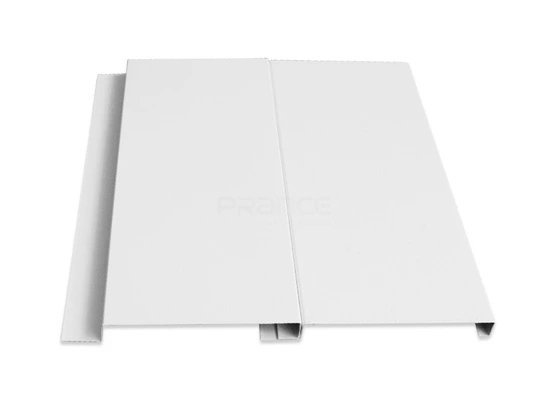Metal ceilings play a crucial role in sustainable building practices due to their durability, recyclability, and energy efficiency. Metal ceiling panels are known for their longevity, with a high resistance to wear and tear, making them a sustainable option for commercial and residential buildings.
Reducing Waste and Conserving Resources
When it comes to sustainability, metal ceilings offer a low maintenance option that can last for decades without needing replacement. This longevity reduces the need for frequent repairs or replacements, ultimately reducing waste and conserving resources. Additionally, metal ceilings are recyclable, meaning that at the end of their lifespan, they can be repurposed into new products rather than ending up in a landfill.
Energy Efficiency and Reduced Carbon Footprint
Metal ceiling panels are also energy-efficient, helping to reduce the overall energy consumption of a building. By reflecting light and heat, metal ceilings can help decrease the need for artificial lighting and air conditioning. This can lead to lower energy bills and a reduced carbon footprint, making metal ceilings a sustainable choice for environmentally conscious builders.
Design Versatility and Sustainable Principles
In addition to their durability and energy efficiency, metal ceilings contribute to sustainable building practices through their design versatility. Metal ceiling panels are customizable, allowing architects and designers to create unique and innovative designs that promote sustainability. From patterned and textured panels to perforated and embossed options, metal ceilings offer a wide range of design possibilities that can enhance the aesthetics of a building while also supporting sustainable principles.
Integrating Sustainable Features
Furthermore, the flexibility of metal ceiling allows for the integration of other sustainable features such as acoustic insulation and lighting systems. By incorporating sound-absorbing materials into metal ceiling panels, builders can improve the acoustics of a space, reducing noise pollution and creating a more comfortable environment for occupants. Additionally, the design of metal ceilings can accommodate integrated lighting fixtures, further reducing the need for additional lighting and promoting energy efficiency.
Conclusion: Metal Ceilings for a Sustainable Future
In conclusion, metal ceilings play a significant role in sustainable building practices by offering durability, recyclability, energy efficiency, and design versatility. By choosing metal ceilings for their projects, builders can contribute to a more sustainable future by reducing waste, conserving resources, and minimizing energy consumption. With their ability to enhance the aesthetics and functionality of a building while promoting sustainability, metal ceilings are a valuable option for architects, designers, and building owners looking to create environmentally friendly spaces.